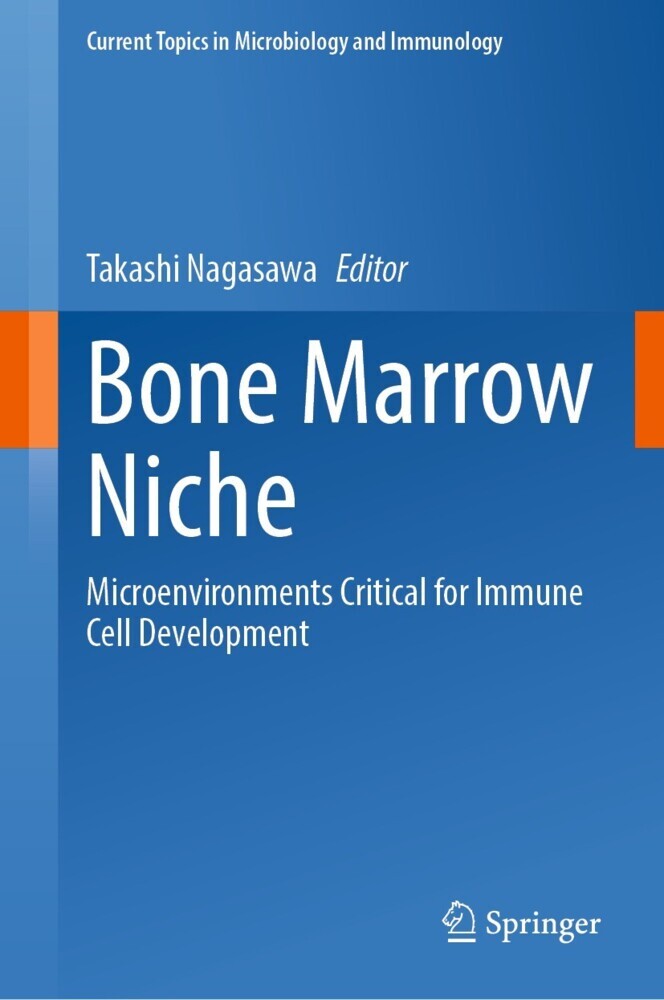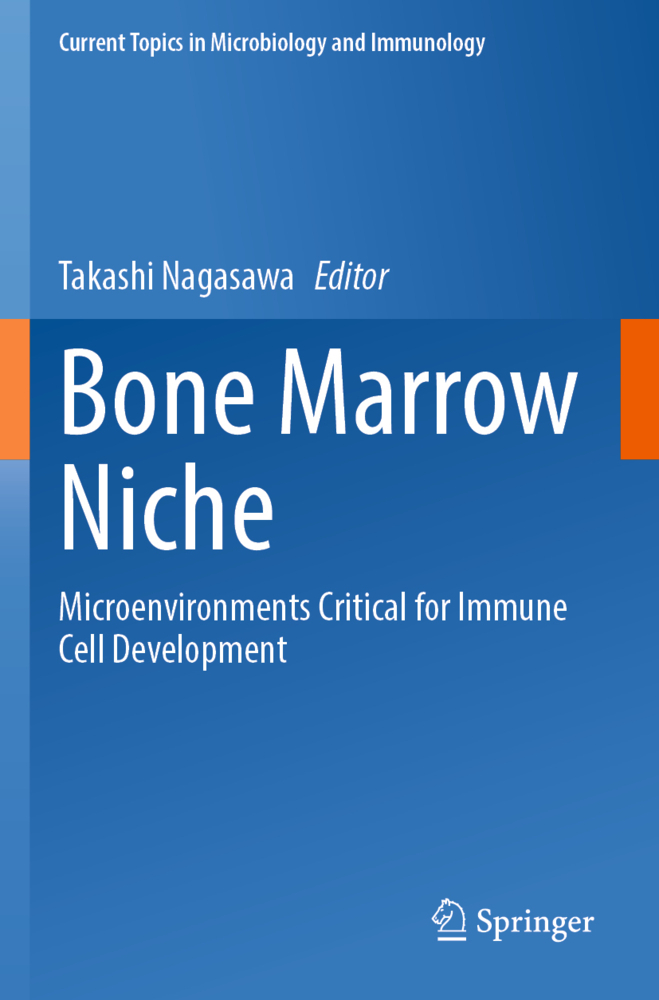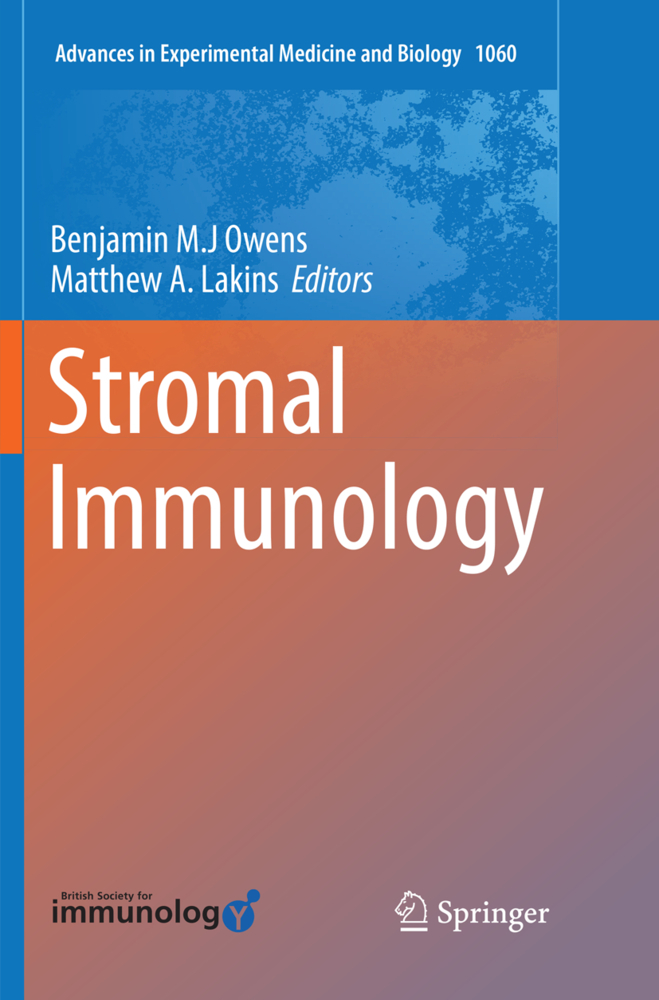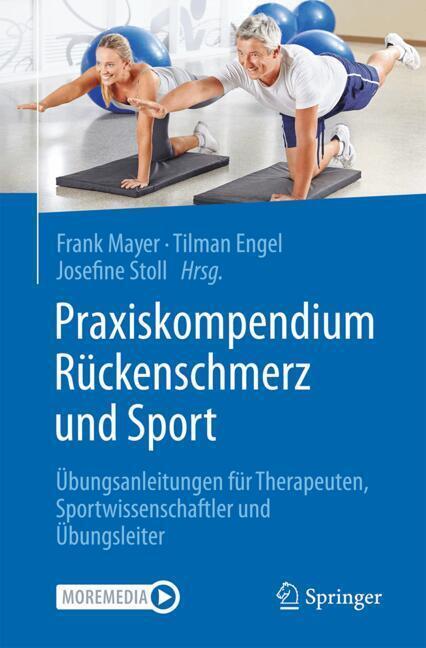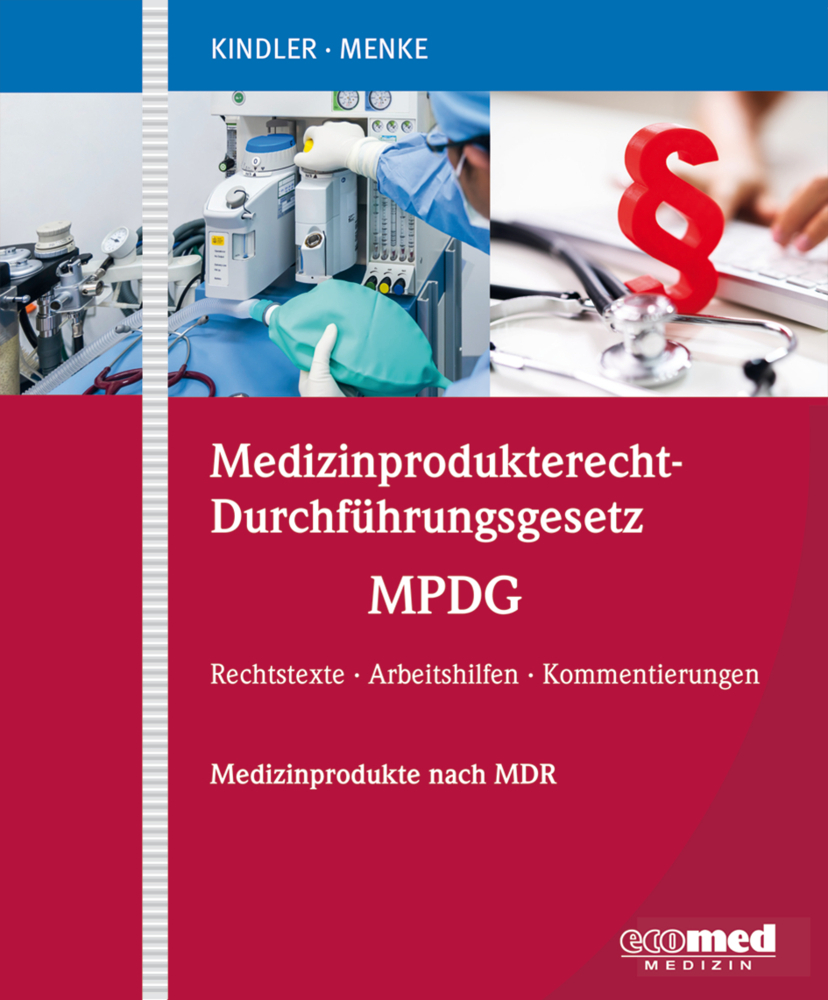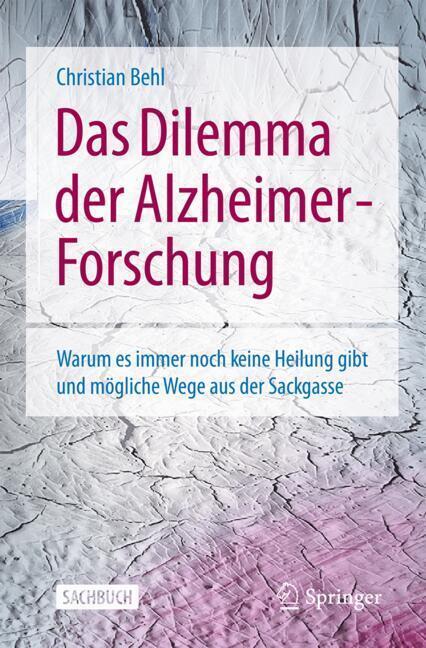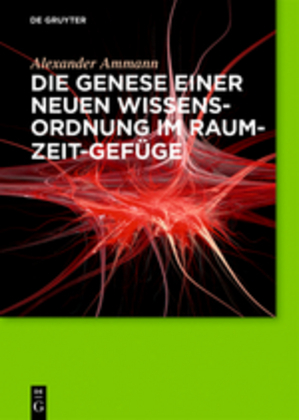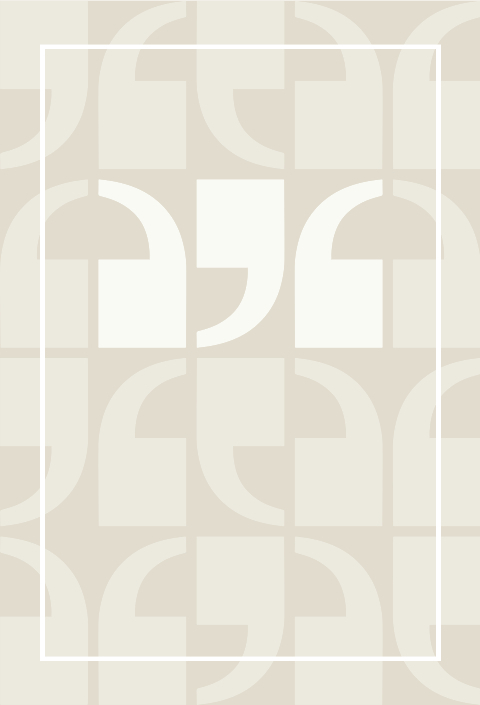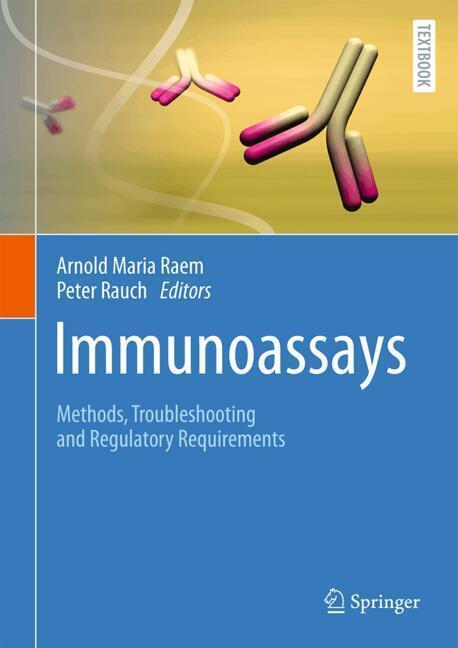Bone Marrow Niche
This volume summarizes recent advances in research on mesenchymal cell populations in the bone marrow. It explores how mesenchymal cells create niches for immune cells in extramedullary organs and it discusses new concepts of lympho-hematopoietic microenvironments. Readers are introduced to the fundamentals of hematopoietic stem cells (HSCs) differentiation to all types of blood cells, including immune cells, in the bone marrow. The book highlights how this process is supported and regulated by the individual microenvironments of stem cells, termed niches.
The identity of HSC niches has been subject to longstanding debates. Recent studies identified the population of mesenchymal stem cells as the major cellular component of niches, for hematopoietic stem and progenitor cells (HSPCs) and their candidate developmental origin. Furthermore, candidate cellular niches for immune cells in lymph nodes and adipose and connective tissues were identified. The authors of this volume focus on shared features between those and HSPC niche cells in the bone marrow.
Covering latest research results, this book serves as fascinating read for researchers and clinicians in hematology and immunology.
Takashi Nagasawa is a distinguished professor in Graduate School of Frontier Biosciences and Medicine at Osaka University. He received his M.D. degree from Nagoya University in 1987. He did his residency in Medicine and received his Ph.D. degree in Immunology from Osaka University, where he worked in the laboratory of Dr. Tadamitsu Kishimoto. He did postdoctoral research at Osaka University, where he isolated the CXC chemokine ligand 12 (CXCL12)/ stromal cell-derived factor (SDF-1) as a pre-B cell growth-stimulating factor (PBSF). Cytokines essential for colonization of bone marrow by hematopoietic stem cells (HSCs) during development had remained unclear. In 1995, he became an independent investigator at the Research Institute of Osaka Medical Center for Maternal and Child Health. From 1996 to 2003, he found essential functions of CXCL12 and its primary receptor CXCR4 in colonization of fetal bone marrow by HSCs and development of B cells as well as cardiovascular formation. In 2002, he was appointed professor in the Institute for Frontier Medical Sciences at Kyoto University. In adult bone marrow, HSCs were thought to be in contact with and require the special microenvironment known as a niche for their maintenance and thus the location and identity of HSC niches had been a subject of longstanding debate. From 2003 to 2010, he identified the population of stromal cells with long processes, termed CXCL12-abundant reticular (CAR) cells, which express high amounts of CXCL12 and stem cell factor (SCF) in bone marrow and found that CAR cells have potential to differentiate into adipocytes and osteoblasts and are the major cellular component of niches essential for hematopoietic stem and progenitor cell (HSPC) maintenance. In 2016, he moved to Osaka University. From 2014 to 2018, he determined the identity of CAR cells, showing that CAR cells are mesenchymal/skeletal stem cells and that transcription factors, Foxc1 and Ebf3 are preferentially expressed in CAR cells and play a critical role in the formation and maintenance of niches for HSPCs and immune cells, inhibiting differentiation of CAR cells into adipocytes and osteoblasts, respectively. Recently, he identified the human counterpart of CAR cells and enabled the evaluation of their alterations in various hematological disorders by flow cytometric and histological analyses. He received the Japanese Society for Immunology Prize in 1998, Michael Sela lectureship award in 2008, Takeda Prize for Medical Science in 2014, and Japan Academy Prize in 2019. Dr. Nagasawa is among the world scientific leaders in the bone marrow, chemokine, fibroblast, lymphopoietic microenvironment, stem cell niche, tissue stem cell research fields.
Nagasawa, Takashi
| ISBN | 9783030860165 |
|---|---|
| Artikelnummer | 9783030860165 |
| Medientyp | E-Book - PDF |
| Copyrightjahr | 2021 |
| Verlag | Springer-Verlag |
| Umfang | 134 Seiten |
| Sprache | Englisch |
| Kopierschutz | Digitales Wasserzeichen |

